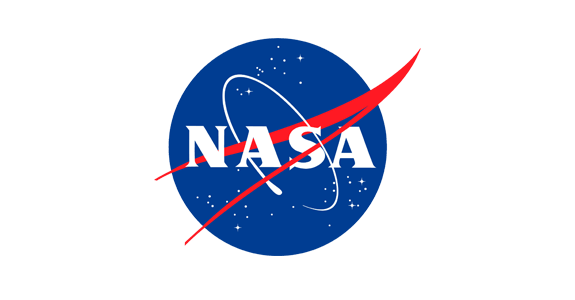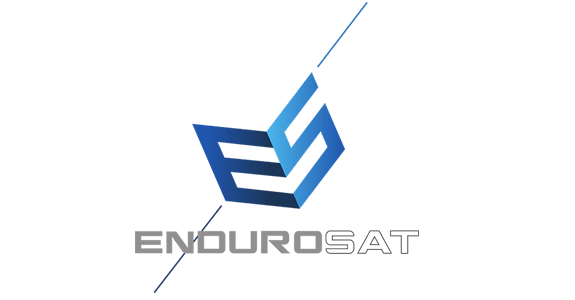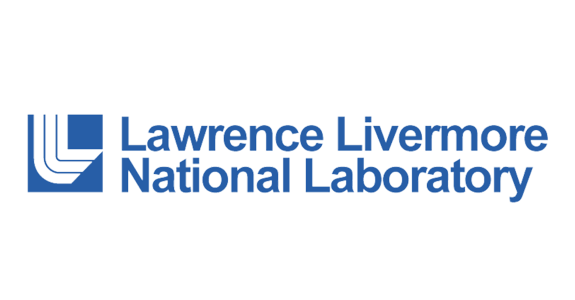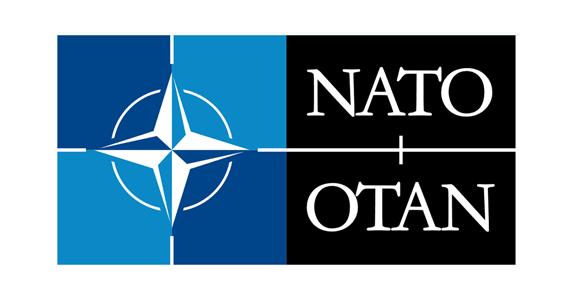Invest in Astrum Drive Aerospace
Next Steps
Now, we’re raising $7 million to take our technology to orbit. This in-space demonstration is the final step before commercialization—and the turning point on our path to a $1 billion valuation.
Others have followed a similar path — Firefly Aerospace, Voyager Space, Rocket Lab, and Momentus—each reaching billion-dollar valuations after a successful orbital demonstration, the turning point for breakthrough space technologies. For us, that moment is now.
Market Opportunity and TAM
Revenue and Number of Satellite Forecast
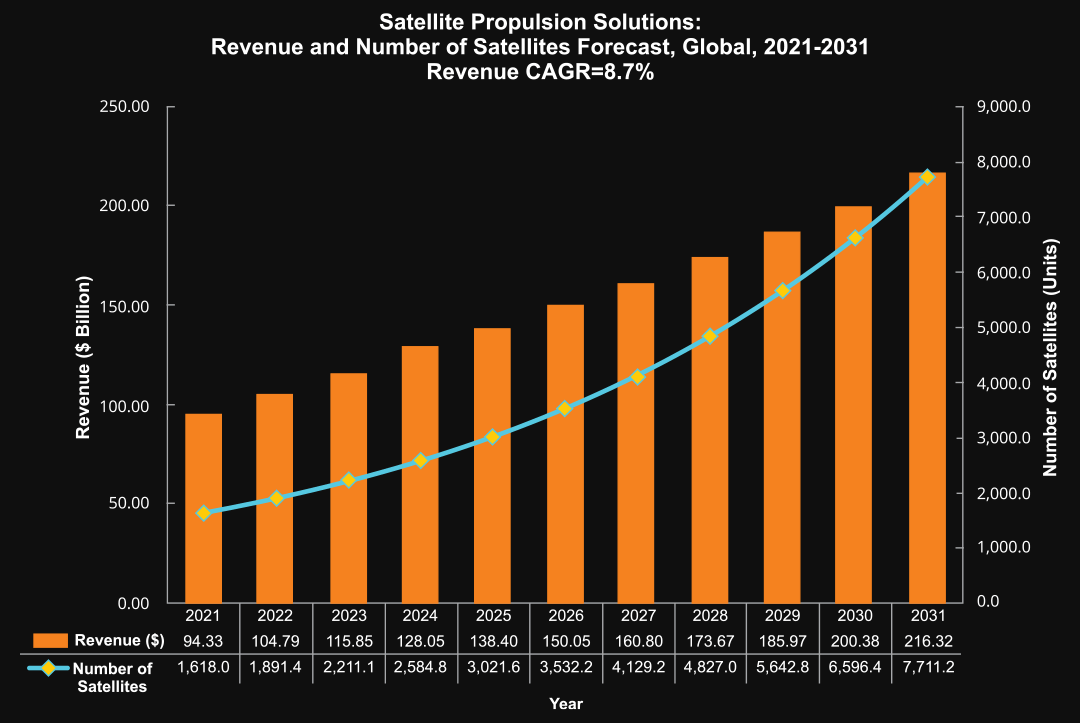
Here’s the truth: there are no gas stations in space. Once a satellite runs out of fuel, it dies. With our system, that problem disappears forever. Fuel free propulsion is not just a better option—it’s the only one that ensures long-term operations in orbit.
| APPLICATION | ESTIMATED MARKET VALUE (USD) | TIME HORIZON | KEY PLAYERS / INDICATORS |
| 1. Satellite Life Extension (commercial & gov’t) | ~$2.4 B (2023) → ~$5.1 B (2030) (on-orbit servicing overall) | 2025–2030 | Northrop Grumman/SpaceLogistics (MEV/MEP), Intelsat, SES; 500+ GEO sats active |
| 2. Retrofits (propulsion modules) | Subset of above (multi-$100 M by 2030); analysts project multi-$B overall | 2025–2030 | Northrop SpaceLogistics (Mission Extension Pods); Intelsat, Optus deals |
| 3. Insurance Risk Reduction | ~$0.7 B (2024) → ~$0.9–1.0 B (2030) (total premiums); risk-mitigation services tens of $M/yr | 2025–2030 | Space insurers (Munich Re, AXA XL); rising premiums after ~$0.9 B claims in 2023 |
| 4. Deep Space Exploration & Tourism | NASA/space agency budgets ~$10–15 B/yr (e.g. Artemis ≈$53 B/5yr); Space tourism ≈$10 B by 2030 | 2025–2035 | NASA (Artemis, Moon/Mars missions); SpaceX, Blue Origin, Virgin Galactic; cruise spaceflight startups |
| 5. Asteroid Mining / Off-Earth Resources | ~$1.9 B (2024) → ~$5–9 B by ~2030 | 2025–2035 | Startups (ispace, Planetary Resources); NASA/ESA mining tech; government space agencies |
| 6. Defense (stealth propulsion, ISR) | Military satcom market ~$30 B (2023) (→ ~$50 B by 2032); technology portion ~$1–5 B | 2025–2035 | US Space Force/DARPA (maneuverable satellites R&D); Lockheed, Boeing; naval R&D (MHD drives) |
| 7. Emerging (HAPS, UUV, marine) | HAPS: ~$1.5 B (2023) → ~$2.7 B (2030); UUV: ~$4.8 B (2024) → ~$11 B (2030); Marine hybrid: ~$4 B (2023)→$10+B | 2025–2030 | HAPS: Airbus (Zephyr), Alphabet; Underwater: Naval research labs, AUV makers; Marine: shipbuilders, hybrid system vendors |
Compared to current systems, we offer:
3 times higher thrust per watt.
Lower launch costs and double the payload capacity, since no fuel is used or needs to be launched.
2 to 3 times longer mission durations.
Dynamic orbital maneuvering and the ability to evade threats.
| # | TECHNOLOGY | FORCE GENERATED (MILLINEWTONS) | SPECIFIC IMPULSE (SECONDS) | POWER REQUIRED (WATTS) | USAGE | TYPICAL SATELLITE WEIGHT |
| 1 | Hall Effect Thrusters (HET) | 100 to 500 | 1600 to 2200 | 1.5 kW to 4.5 kW | Station-keeping, orbit transfers, attitude control in larger satellites | 500 kg to 2,000 kg |
| 2 | Gridded Ion Thrusters | 25 to 250 | 3000 to 4500 | 1 kW to 7 kW | Deep space missions | 500 kg to 2,000 kg |
| 3 | Field Emission Electric Propulsion (FEEP) | A few micro-newton to about 1 |
8000 to 10000 | Less than 50W | Precise positioning and attitude control in small spacecraft and CubeSats |
1 kg to 50 kg |
| 4 | Pulsed Plasma Thrusters (PPT) | Tens to hundreds of micro-newtons per pulse | 1000 to 3000 | Tens of watts | Altitude adjustments and orbit corrections in small satellite missions | 10 kg to 100 kg |
| 5 | Electrothermal Thrusters (including resistojets and arcjets) | A few millinewtons to about 0.5 newtons | 500 to 1000 | Less than 100 W to over 1 kW | Satellite station-keeping and deorbit manoeuvres | 100 kg to 500 kg |
| 6 | Electrospray Thrusters | Micro-newton to milli-newton range | 1000 to 4000 | Generally very low, often just a few watts | Precise manoeuvring and positioning in small satellite applications |
1 kg to 10 kg |
| 7 | Propellantless space propulsion system (Astrum Drive) | 20 – 50 | Infinite | 300 W | Satellite maneuvering and orbit keeping, deep space missions | 1 kg – 10,000 kg |
| THRUSTER / ENGINE | TYPE | INPUT POWER | THRUST | THRUST-PER-KW |
| Astrum Drive | “Propellantless” electrical | 300 W | 50 mN | 167 mN/kW |
| Astra Spacecraft Engine (2-string) | Hall (Xe) | 800 W | ~50 mN | ~62.5 mN/kW |
| Busek BHT-200 | Hall (Xe/Kr) | 200 W | ~13 mN | ~65 mN/kW |
| Busek BHT-1500 | Hall (Xe/Kr) | 1.8 kW | ~103 mN | ~57 mN/kW |
| Safran PPS-1350 | Hall (Xe) | 1.5 kW | ~90 mN | ~60 mN/kW |
| ThrustMe NPT300 (R&D) | Gridded ion | 200–500 W | 8–12 mN | ~16–60 mN/kW |
| ThrustMe NPT30-I2 (flown) | Iodine ion | 55 W | ~0.8 mN | ~14.5 mN/kW |
| ENPULSION NANO R3 (max) | FEEP | ≤40 W | ≤0.35 mN | ≤8.8 mN/kW |
| Photon (light) thruster (no propellant) | Photonic | — | — | ~0.0033 mN/kW |
Financial Projections and Business Model
| DATE | ACHIEVEMENT / NEXT STEP |
| 2020 | Breakthrough and Provisional Patent. |
| 2021 | Raised $500,000 of Funding. |
| 2024 | Working prototype completed. Full US patent received. |
| 2025 | Working on the next generation of prototypes. Fund raise for space demonstration in the fall of 2027. |
| 2027 | Space demonstration in the fall of 2027. Fund raise to start production. |
| 2028 | Start the Sales with 100 units for the first year, which is over $50M+ in sales. |
Go to market in ~3 years.
We make money by licensing and selling propulsion modules to satellite providers, defense contractors, and government agencies
We project to sell 100 units for the first year at $0.3-3M per unit, in comparison ~3000 satellites and spacecrafts are launched every year.
We have letters of support, we are working or have held multiple meetings with people from the following organizations
ASTRUM DRIVE
AEROSPACE
Headquarters
Dallas TX, USA
CONTACT US
contact@astrumdrive.com


